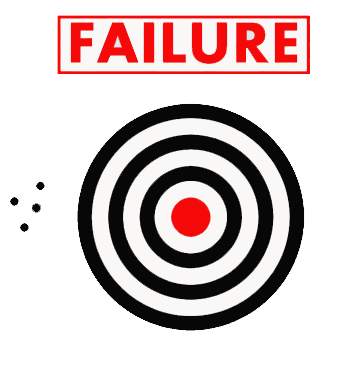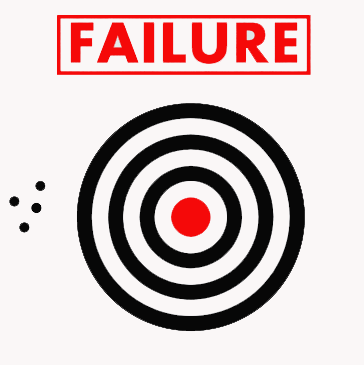
Agile Software Development is a widely adopted methodology, and for good reason. When implemented properly, Agile can bring tremendous efficiencies, enabling your teams to move at their own pace, bringing your engineers closer to your customers, and delivering customer value
quicker with less risk. Yet, many companies fall short from realizing the full potential of Agile, treating it merely as a project management paradigm by picking and choosing a few Agile structural elements such as standups or retrospectives without actually changing the manner in which product delivery occurs. Managers in an Agile culture often forget that they are indeed still managers that need to measure and drive improvements across teams.
All too often, Agile is treated solely as an SDLC (Software Development Lifecycle), focused only upon the manner in which software is developed versus a PDLC (Product Development Lifecycle) that leads to incremental product discovery and spans the entire company, not just the Engineering department.
Here are the five most common Agile failures that we see with our clients:
- Technology Executives Abdicate Responsibility for their Team’s Effectiveness
Management in an Agile organization is certainly different than say a Waterfall-driven one. More autonomy is provided to Agile teams. Leadership within each team typically comes without a 'Manager' title. Often, this shift from a top-down, autocratic, "Do it this way" approach to a grass-roots, bottoms-up one sways way beyond desired autonomy towards anarchy, where teams have been given full freedom to pick their technologies, architecture, and even outcomes with no guardrails or constraints in place. See our Autonomy and Anarchy article for more on this.
Executives often become focused solely on the removal of barriers the team calls out, rather than leading teams towards desired outcomes. They forget that their primary role in the company isn't to keep their teams happy and content, but instead to ensure their teams are effectively achieving desired business-related outcomes.
The Agile technology executive is still responsible for their teams' effectiveness in reaching specified outcomes (e.g.: achieve 2% lift in metric Y). She can allow a team to determine how they feel best to reach the outcome, within shared standards (e.g.: unit tests must be created, code reviews are required). She can encourage teams to experiment with new technologies on a limited basis, then apply those learnings or best practices across all teams. She must be able to compare the productivity and efficiencies from one team to another, ensuring all teams are reaching their full potential.
- No Metrics Are Used
The age-old saying “If you can’t measure it, you can’t improve it” still applies in an Agile organization. Yet, frequently Agile teams drop this basic tenet, perhaps believing that teams are self-aware and critical enough to know where improvements are required. Unfortunately, even the most transparent and aware individuals are biased, fall back on subjective characteristics ("The team is really working hard"), and need the grounding that quantifiable metrics provide. We are continually surprised at how many companies aren't even measuring velocity, not necessarily to compare one team with another, but to compare a team's sprint output vs. their prior ones. Other metrics still applicable in an Agile world include quality, estimation accuracy, predictability, percent of time spent coding, the ratio of enhancements vs. maintenance vs. tech debt paydown.
These metrics, their definitions and the means of measuring them should be standardized across the organization, with regular focus on results vs. desired goals. They should be designed to reveal structural hazards that are impeding team performance as well as best practices that should be adopted by all teams.
- Your Velocity is a Lie
Is your definition of velocity an honest one? Does it truly measure outcomes, or only effort? Are you consistent with your definition of 'done'? Take a good look at how your teams are defining and measuring velocity. Is velocity only counted for true 'ready to release' tasks? If QA hasn't been completed within a sprint, are the associated velocity points still counted or deferred?
Velocity should not be a measurement of how hard your teams are working, but instead an indicator of whether outcomes (again, e.g.: achieve 2% lift in metric Y) are likely to be realized - take credit for completion only when in the hands of customers.
- Failure to Leverage Agile for Product Discovery
From the Agile manifesto: “Our highest priority is to satisfy the customer through early and continuous delivery of valuable software”. Many companies work hard to get an Agile structure and its artifacts in place, but ignore the biggest benefit Agile can bring: iterative and continuous product discovery. Don't break down a six-month waterfall project plan into two week sprints with standups and velocity measurements and declare Agile victory.
Work to create and deliver MVPs to your customers that allow you to test expected value and customer satisfaction without huge investment.
- Treating Agile as an SDLC vs. a PDLC
As explained in our article PDLC or SDLC, SDLC (Software Development Lifecycle) lives within PDLC (Product Development Lifecycle). Again, Agile should not be treated as a project management methodology, nor as a means of developing software. It should focus on your product, and hopefully the related customer success your product provides them. This means that Agile should permeate well beyond your developers, and include product and business personnel.
Business owners or their delegates (product owners) must be involved at every step of the PDLC process. PO's need to be embedded within each Agile team, ideally colocated alongside team members. In order to provide product focus, POs should first bring to the team the targeted customer problem to be solved, rather than dictating only a solution, then work together with the team to implement the most effective solution to that problem.
AKF Partners helps companies transition to Agile as well as fine-tune their existing Agile processes. We can readily assess your PDLC, organization structure, metrics and personnel to provide a roadmap for you to reach the full value and benefits Agile can provide. Contact us to discuss how we can help.
